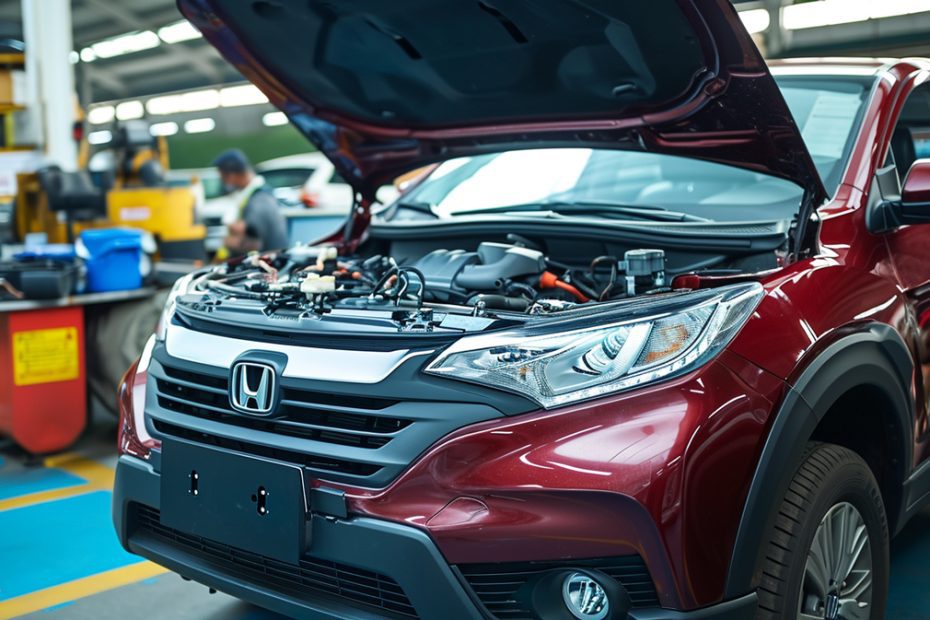Experiencing a jolt or stutter when you hit the gas can be more than just an annoyance; it’s a sign that our engine’s not performing at its best. We’ve all felt that heart-sinking skip as our car struggles to accelerate, and it’s crucial to get to the bottom of it.
Misfires and power loss aren’t just inconvenient, they can lead to larger issues down the road. That’s why we’re diving into the common causes and solutions. Understanding what’s happening under the hood is the first step in getting our ride back to its smooth, powerful self.
Stay tuned as we unravel the mystery behind engine skips during acceleration. We’ll guide you through diagnosing the problem and getting back on the road without a hitch.
Understanding Engine Skips Under Acceleration
When we’re behind the wheel and push the pedal to the floor, we expect a swift and seamless response from our engines. However, sometimes we may encounter engine skips or hesitations. This is more than just a minor inconvenience; it’s an indication that the engine is struggling.
Engine skips usually occur due to a disruption in the fuel, air or spark sequence necessary for proper combustion. If one or more cylinders aren’t firing correctly, it can cause the vehicle to jolt or stutter during acceleration. This phenomenon raises concerns about the health and efficiency of the car.
We’ve categorized the potential causes for these engine skips:
- Ignition System Issues:
- Fuel System Problems:
- Air Flow Interruptions:
- Miscellaneous:
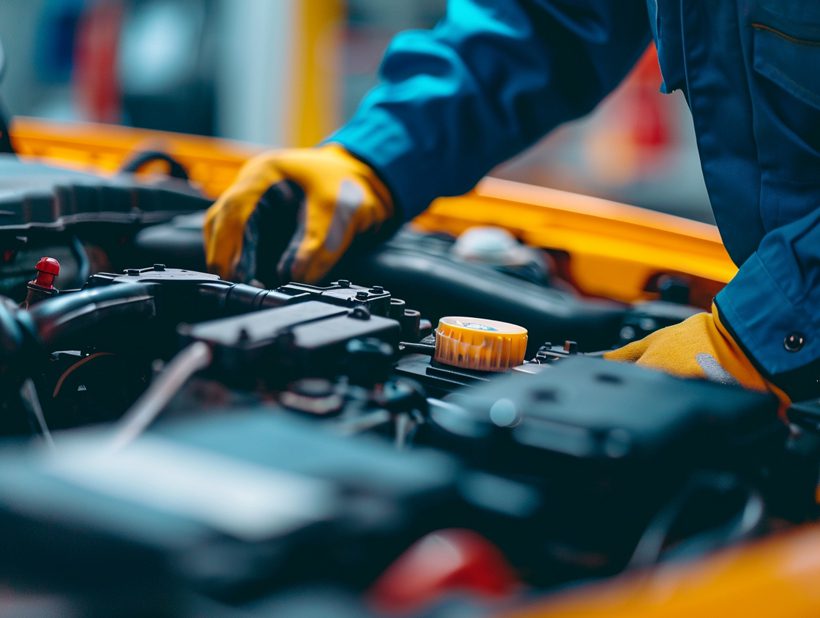
For car owners, understanding the symptoms that accompany engine skips is crucial. Look out for these telltale signs:
- Poor fuel efficiency
- Reduced power
- Check engine light activation
It’s essential for us to track these symptoms closely as they provide insights into the severity of the situation. With modern vehicles equipped with onboard diagnostic (OBD) systems, troubleshooting has become more straightforward. By connecting a scanner, we can retrieve error codes that pinpoint the source of the problem.
| Symptoms | Possible Causes |
|---|---|
| Engine Hesitation | Fuel System, Air Flow, Ignition System |
| Power Loss | Blocked Exhaust, Vacuum Leaks |
| Misfires | Spark Plugs, Ignition Coils |
With this information at hand, the next step involves closely inspecting the components involved. By narrowing down the probable culprits, we can address the specific issues that cause our engines to skip. Through regular maintenance and prompt action when issues arise, keeping our engines running smoothly becomes a simpler task.
Common Causes of Engine Misfires
When we’re tackling the issue of engine skips or misfires, it’s essential to start by understanding their common causes. Misfires can stem from a variety of sources, and pinpointing the exact reason can sometimes be challenging. However, several key areas are typical culprits.
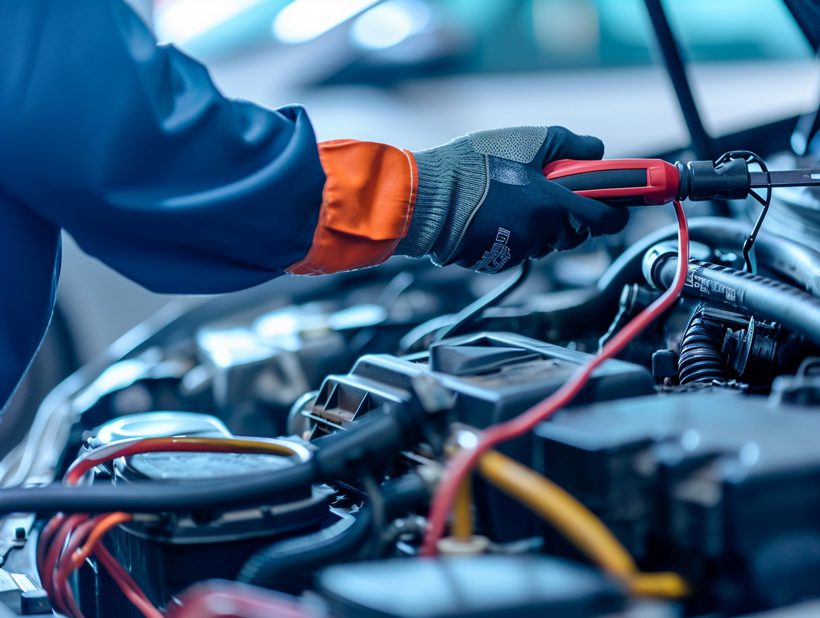
Ignition System Issues
The ignition system is critical for starting the combustion process within the engine. When there’s a fault in this system, misfires are often the result. Here are the main components that could be at fault:
- Spark Plugs: These are vital for igniting the air/fuel mixture. Worn or fouled spark plugs can’t produce the necessary spark, leading to misfires.
- Ignition Coils: These convert the battery’s low voltage to the thousands of volts needed to create an electric spark in the spark plugs. Faulty coils mean no spark and, therefore, no combustion.
- Distributor Cap and Rotor (if applicable): In some older vehicles, these parts distribute the spark to the correct cylinder. Any wear or damage here can misdirect the necessary spark.
Fuel System Problems
An engine’s performance is heavily dependent on the correct fuel delivery. Here’s what could go wrong with the fuel system:
- Fuel Injectors: Clogged or malfunctioning fuel injectors can disrupt the flow of fuel.
- Fuel Pump: A failing fuel pump can’t supply the right amount of fuel under the proper pressure.
- Fuel Filter: A dirty filter restricts fuel flow, causing lean combustion and potential misfires.
Air Flow Disruptions
Engines require a precise mix of fuel and air. Any disruption in airflow can upset this balance. Components that could be responsible include:
- Air Filter: An air filter blocked with debris restricts the flow of air into the engine.
- Mass Air Flow Sensor: If this sensor gives incorrect readings, the engine control unit can’t adjust the air-fuel mix accurately.
- Timing Belt or Chain: Incorrect timing of the valves can lead to inefficient combustion.
- Engine Control Unit (ECU) Problems: The brain of your vehicle, if the ECU malfunctions, it can send wrong commands to various systems, causing misfires.
- Vacuum Leaks: These can create an imbalance in the air-f
Diagnosing the Power Loss
When we’re faced with engine skips or loss of power during acceleration, it’s crucial to approach diagnosis systematically. Understanding the root cause not only helps us fix the current issue but also prevents future occurrences. There are several steps we follow to diagnose power loss accurately.
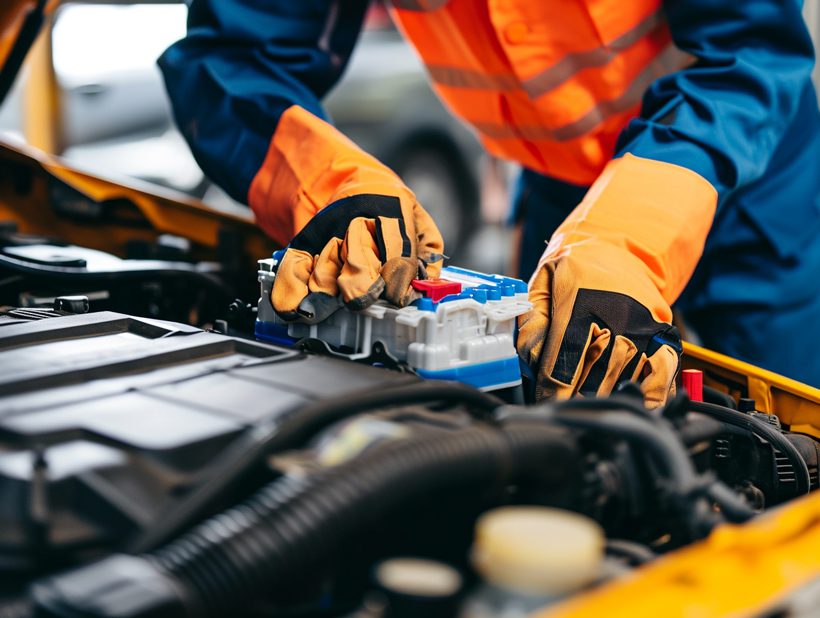
Step-by-Step Diagnostic Approach
- Check the On-Board Diagnostics (OBD) System: We start by connecting an OBD-II scanner to our car’s system. Diagnostic trouble codes (DTCs) help pinpoint problematic areas, whether it’s a misfire in a specific cylinder or a malfunctioning sensor.
- Visual Inspection: Next, we do a thorough visual check of engine components. Issues like corroded spark plugs or worn ignition wires are often visible to the naked eye.
- Fuel System Assessment: A fuel pressure gauge lets us assess whether the fuel pump is delivering the correct pressure. We also inspect fuel injectors to ensure they’re not clogged or leaking.
- Ignition System Check: We test ignition coils and spark plugs, the typical culprits behind misfires. Using a multimeter, we can determine if there’s an electrical issue at play.
- Air System Evaluation: A clean air filter is essential; a clogged one can hinder performance. We examine the intake manifold and air flow sensors as well for blockages or malfunctions.
- Compression Test: To rule out internal engine problems, we conduct a compression test. This tells us if the engine’s cylinders are capable of building enough pressure for proper combustion.
Monitoring for Consistent Patterns
We also pay attention to when the misfire occurs, as patterns can help isolate the issue. Does it happen under heavy acceleration or at a particular speed? This observation can be the key to a more focused investigation.
Addressing engine skips and power loss promptly ensures that we maintain our vehicle’s performance and longevity. By running through these diagnostic steps, we’re able to address the root cause with confidence.
Solutions for Engine Misfires
When we’re dealing with engine misfires, it’s crucial to address the root causes we’ve previously identified. Here’s a roadmap to remedying these common misfire issues:
- Replace Spark Plugs and Wires: Over time, spark plugs can wear out or become fouled, and wires can deteriorate, leading to misfires.
- Clean or Replace the Air Filter: A clogged air filter restricts airflow to the engine, which can cause misfires. Checking and replacing the air filter, if necessary, is a simple yet effective fix.
- Fuel System Cleanup: Deposits in the fuel system can affect engine performance. Using a fuel system cleaner or having professional cleaning service can help restore power and eliminate misfires.
- Check and Replace the Ignition Coil: Ignition coils are key components in the engine’s electrical system. A faulty coil can result in a misfire under acceleration.
- Oxygen Sensor and Fuel Injectors: Faulty sensors can send incorrect information to the engine computer. Similarly, dirty or malfunctioning fuel injectors can disrupt the fuel mix. Inspecting and, if necessary, replacing these components can solve misfires.
- Timing Issues: An engine’s timing, if not properly set, can cause misfires. This may involve adjusting the timing belt or chain.
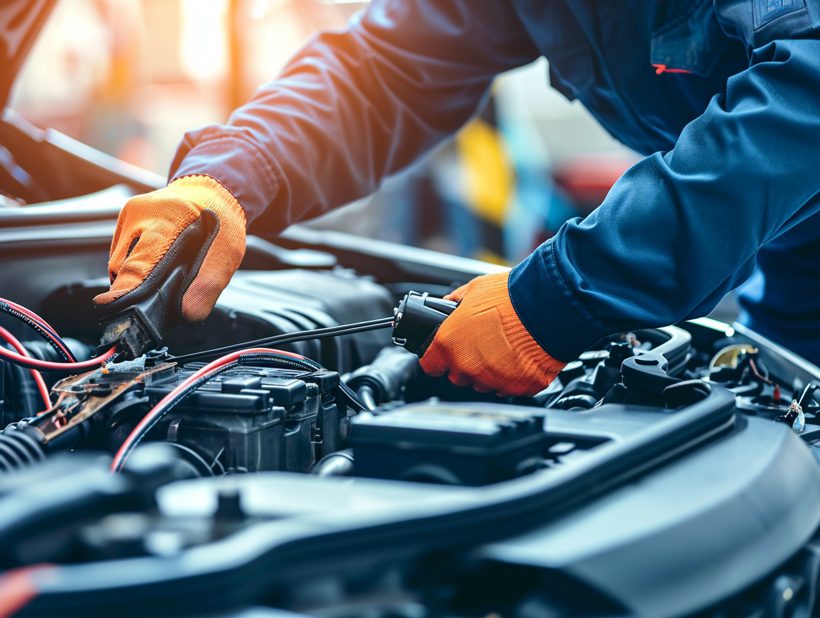
For a more precise approach, we often use scan tools to pull trouble codes from the OBD system. These codes can lead us directly to the issue at hand. Here are some commonly encountered diagnostic trouble codes (DTCs) related to engine misfires:
| Code | Description |
|---|---|
| P0300 | Random/Multiple Cylinder Misfire Detected |
| P0301 | Cylinder 1 Misfire Detected |
| P0302 | Cylinder 2 Misfire Detected |
| P0303 | Cylinder 3 Misfire Detected |
| P0304 | Cylinder 4 Misfire Detected |
Remember that some vehicles keep track of misfire history which can aid in pinpointing intermittent issues. Additionally, it’s imperative to note that while these are common fixes, the specific cause can vary by vehicle and situation. Each repair should be approached with careful consideration of the diagnostics we’ve performed, ensuring that every action taken is informed by a thorough understanding of the vehicle’s present condition.
Getting Your Vehicle Back in Shape
After narrowing down the culprits behind engine misfires and power loss, it’s essential to transition into restoration mode. Getting your vehicle back to its optimal performance may involve a combination of maintenance tasks and part replacements. Below are vital steps to rejuvenate your engine:
- Regular Maintenance: Keep up with the manufacturer’s recommended service schedule. It includes oil changes, fluid checks, and inspections of belts and hoses.
- Fuel System Care: Using fuel injector cleaner can help remedy clogged injectors, one of the common misfire causes.
- Ignition System Inspection: Regularly check the condition of spark plugs and ignition wires. Replace them as needed to ensure consistent spark delivery.
- Air Flow Check: Make sure that the air filter is clean and replace it if it’s dirty to improve air flow to the engine.
When parts need replacement, opting for quality components is crucial for lasting repairs. For example, using OEM (Original Equipment Manufacturer) parts can ensure compatibility and reliability. On the other hand, whereas aftermarket parts might be more cost-effective, their quality can vary significantly.
Diagnosing Severity and Risks
Understanding the potential consequences of delaying repairs can be a deterrent to ignoring issues. Prolonged engine misfires can lead to:
| Consequence | Risk Factor |
|---|---|
| Catalytic Converter Damage | High |
| Worsened Fuel Economy | Medium |
| Increased Emissions | Medium to High |
| Engine Component Wear | High |
It’s evident that the longer these problems are left unattended, the more damage they can cause. Therefore, addressing them promptly can save you from more serious and expensive repairs down the line.
Finally, while it may be tempting to undertake repairs yourself, complex issues often require professional expertise. Visiting a trusted mechanic can prevent further complications and ensure the work is done correctly. Equipped with advanced tools and diagnostic equipment, they’re able to fine-tune your vehicle’s performance and address deeper issues beyond the scope of standard maintenance.
Conclusion
We’ve covered the essentials of tackling engine skips and power loss during acceleration. It’s clear that a methodical approach is key to pinpointing the root cause and restoring your vehicle’s performance. Regular maintenance and prompt attention to any signs of trouble can prevent more severe damage and ensure a smoother ride. Remember, while some fixes can be DIY, there’s no substitute for professional expertise when it comes to complex issues. Trusting your car to a qualified mechanic with the right tools can save you time and money in the long run. Keep your engine running smoothly and don’t let misfires put a damper on your drive.
